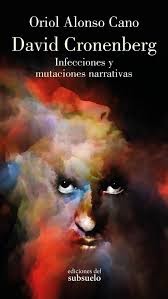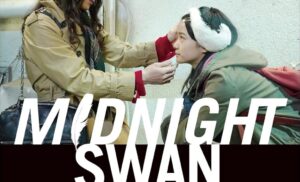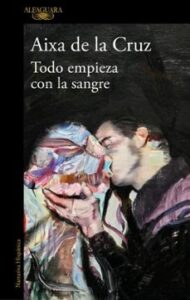
Original Language: Español
Year of publication: 2025
Valoración: Quite recommended
A few days ago I talked about Andy Warhol and now it’s time to talk about David Cronenberg, who has been able to reconcile two languages with records, resources and potentialities as different as cinema and literature.
But first you have to present to the author / character and for this they are offered, in the initial chapter, biographical brushstrokes of a David Cronenberg who always wanted to be a writer, who always had that will to write and be read and that he always tried, in one way or another, to order chaos. The commissioning is completed with the enumeration of the constants and references (for example, in the literary, Nabokov, Burroughs, Kafka, Camus …) that will tour an independent, autonomous and subversive work with which the Canadian seeks to get dressed in sometimes unfathomable abysses.
Overcome this initial presentation, Alonso Cano enters the cardinal points that guide Cronenberg’s work. Existentialist romanticism, wandering spectra, parasitic colonizations and mutual infection of flesh and unconscious vertebrate a work also traveled by death drive and complex sexualities in permanent transformation and redefinition. And of course, it is inevitable that Freud, Lacan or Derrida appear and the thing is becoming dense. Psychoanalysis and existentialism, the Ketamine of the gafapastas! But do not fear, beloved readers, because density and depth are not at odds with accessibility!
In any case, something lighter is the third and interesting chapter in which the author focuses on the different recreations carried out by Cronenberg. King, Ballard or Burroughs have gone through the Canadian lens, who says that no novel is adaptable; In any case, it will be recreatable. And here issues such as the possible conciliation of both languages, loyalty to the original or the level of rewriting that exists in those recreations come into play. There is no blunt answer to these questions and, therefore, the author cannot offer them. But any interested in the subject will find examples of that hybridization between cinema and literature that ask the question “what is better: the book or the movie” something extremely thorny.
And perhaps the most successful example of that hybridization is Dead ringers (Inseparables)ambiguous and unreal film with a magnificent Jeremy Irons (and a bujold genevieve that is absolutely 💓💓💓) in which Chronenbergian obsessions and themes are condensed. It occurred to me to see the movie days before reading the book and, really, I think that the analysis Alonso Cano makes of the film, his imagery, of his symbology is magnificent.
He said at the beginning of the novel that Cronenberg always wanted to be a writer. Well, in 2012 he published his novel Consumedwhose exam occupies the fifth chapter of the book. Cinematographic and literary references that reappear in a text with which they try to focus on their literary voice, although it is impossible to escape the visual and scenographic.
I already end. It is worth David Cronenberg. Infections and narrative mutations It is an essay on cinema, but it’s not just that. It is an essay on (re) writings, hybridizations, obsessions and fears, about the man of our time (and of all time) and how fiction reflects all of the above. So without fear, to see Cronenberg movies (you have to fuck, oriol, with what I like Eastern promises and just appointments in the book) and read this little book.
Source: https://unlibroaldia.blogspot.com/2025/05/oriol-alonso-cano-david-cronenberg.html


